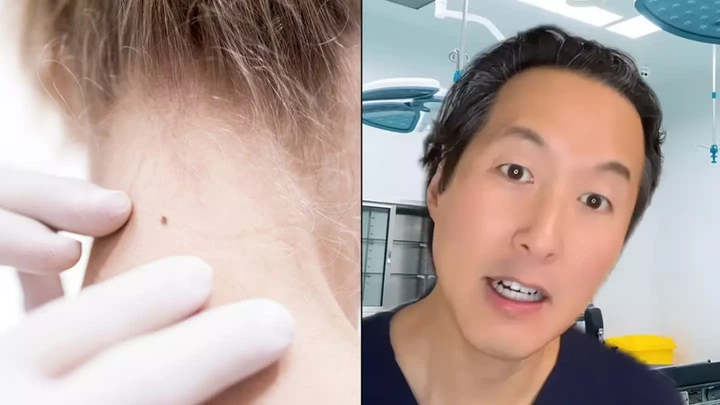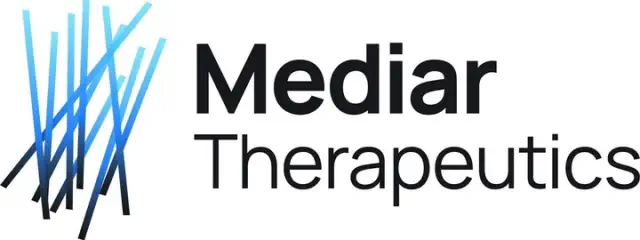Here’s a brief checklist for you to review.

View pictures in App save up to 80% data.
Although the likelihood of developing cancer generally increases with age, there is no definitive assurance that simply getting older will safeguard you from the disease.
There are many people who have been unlucky enough to get cancer at a young age, and among the types of cancer that people in their first full decade of adulthood some are more prevalent than others.
One of the more common types to strike people in their 20s is melanoma, a dangerous type of skin cancer.
According to the NHS, skin cancer is one of the most common types of cancer for those aged 15 to 24, with 15 percent of cases in young adults being skin cancer, and is among the most threatening for 25 to 29-year-olds.
The primary factor leading to melanoma is exposure to ultraviolet (UV) light, which originates from sources such as the sun and tanning beds. Although this type of skin cancer is more frequently seen in older individuals, it is also one of the more prevalent cancers affecting those in their 20s.

View pictures in App save up to 80% data.
Individuals with lighter skin, red or blonde hair, blue or green eyes, and a high number of freckles or moles are at a greater risk for this type of cancer. However, as is true with all cancers, there are no absolute assurances of safety.
For those concerned about whether a skin mark could be cancerous or simply a mole, a doctor has suggested using an 'ABCDE' checklist to help evaluate the situation independently.
The 'ABCDE' checklist is a systematic approach used primarily in medical settings, particularly in emergency medicine and trauma care, to assess and manage patients effectively. Each letter stands for a critical component of patient evaluation: - **A - Airway**: Ensure that the patient’s airway is clear and not obstructed. If necessary, interventions should be taken to secure the airway. - **B - Breathing**: Assess the patient's breathing. Check for adequate ventilation and oxygenation, and provide assistance if the patient is struggling to breathe. - **C - Circulation**: Evaluate the patient's circulation by checking pulse, blood pressure, and signs of bleeding. Initiate interventions to control bleeding and support circulation as needed. - **D - Disability**: Assess the patient's neurological status, including level of consciousness and responsiveness. This can involve using the AVPU scale (Alert, Voice, Pain, Unresponsive) or checking pupil response. - **E - Exposure**: Fully expose the patient to identify any hidden injuries while maintaining their dignity and preventing hypothermia. This step is crucial for a comprehensive assessment. This checklist is often used in triage situations to ensure that all critical aspects of patient care are addressed in a clear and organized manner.
Dr. Anthony Youn highlighted five key indicators to watch for in a mark that might indicate skin cancer.
He mentioned: "Adhere to the 'ABCDE' guideline. A stands for asymmetry, B for border irregularity, C for various colors, D for a diameter larger than that of a pencil eraser, and E for any changes over time."
If you're uncertain about the dimensions to consider when measuring diameter, the doctor recommends using 6mm as your reference point. It's important to keep in mind that diameter refers to the full measurement from one end to the other, rather than just the distance from the edge to the center.
Other doctors have also recommended the 'ABCDE' checklist, as while we've all got moles on our skin which are basically harmless it's important to tell the difference between a mole and melanoma.
The NHS recommends several measures to lower your chances of developing melanoma. These include avoiding direct sunlight during peak hours, wearing protective clothing that covers your skin from UV exposure, and applying sunscreen effectively.
This advice is even more crucial for children, as their skin is more vulnerable to the intense effects of UV rays compared to that of adults.
According to Cancer Research UK, around 87 percent of people diagnosed with skin cancer are still alive 10 years later, and while it can affect people in their 20s the most vulnerable to developing it are people in their 80s.










